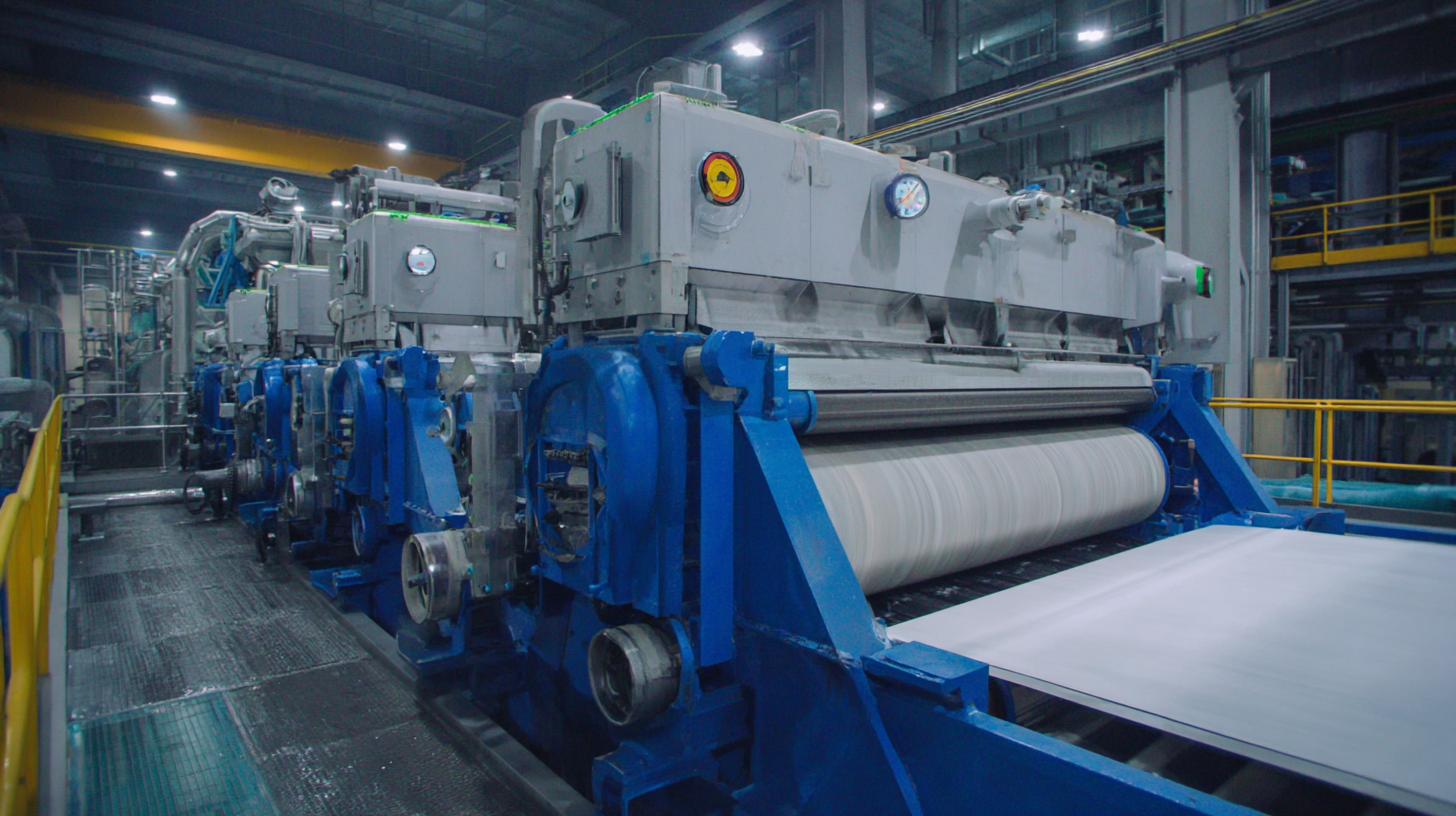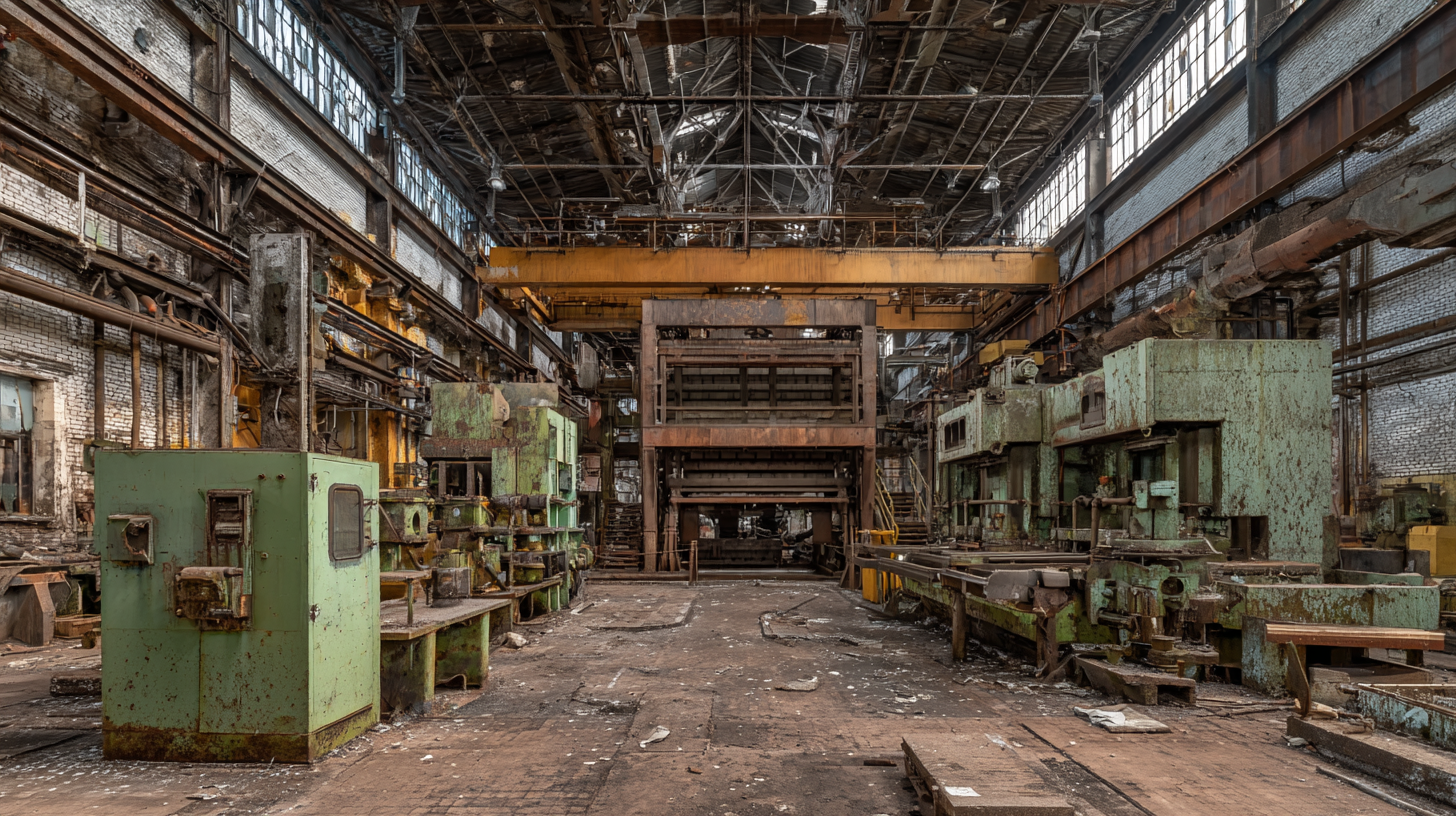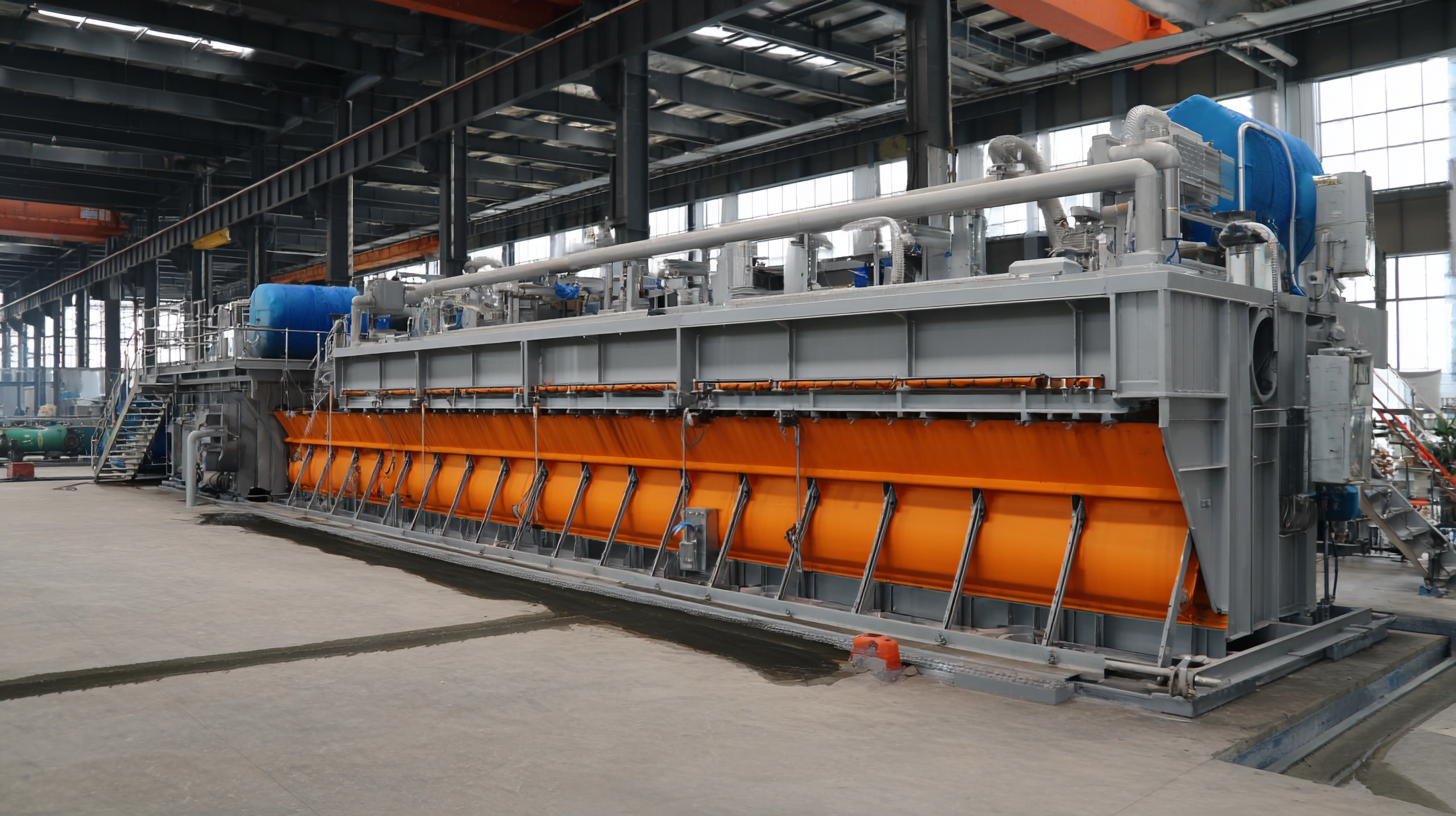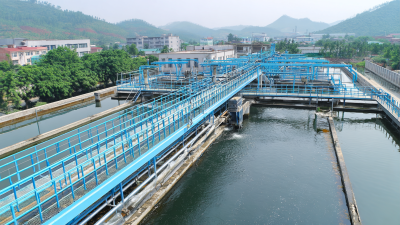In industrial wastewater management, the efficiency of technologies employed plays a crucial role in achieving sustainable operations. One such technology, the Dewatering Press, has emerged as a pivotal component in the treatment of sludge and wastewater, significantly enhancing the process of solid-liquid separation. According to a recent report from the Global Water Intelligence, the dewatering sector is projected to grow at a compound annual growth rate (CAGR) of 5.2%, driven by the increasing demand for effective sludge management solutions. The Dewatering Press not only reduces the volume of waste but also minimizes disposal costs and environmental impacts, demonstrating its essential role in modern wastewater treatment facilities. By optimizing the water recovery process, the Dewatering Press contributes to resource conservation and aligns with industry goals toward reducing the carbon footprint in industrial operations. As regulations tighten and environmental awareness rises, understanding the efficiency of the Dewatering Press becomes indispensable for industries aiming to improve their wastewater management practices.

 The role of dewatering press in reducing industrial wastewater volume is pivotal in modern wastewater management practices. By efficiently separating water from solids, dewatering presses significantly decrease the volume of sludge generated during the treatment process. This reduction not only lessens the burden on treatment facilities but also minimizes transportation and disposal costs associated with wastewater. As industries face increasing regulations and environmental concerns, the implementation of dewatering technologies helps ensure compliance while promoting sustainable operations.
The role of dewatering press in reducing industrial wastewater volume is pivotal in modern wastewater management practices. By efficiently separating water from solids, dewatering presses significantly decrease the volume of sludge generated during the treatment process. This reduction not only lessens the burden on treatment facilities but also minimizes transportation and disposal costs associated with wastewater. As industries face increasing regulations and environmental concerns, the implementation of dewatering technologies helps ensure compliance while promoting sustainable operations.
Moreover, dewatering presses enhance the overall efficiency of wastewater treatment systems. By extracting the maximum amount of water from sludge, these presses produce a drier and more manageable end product. This transformation allows for more efficient landfilling or incineration, ultimately conserving landfill space and reducing environmental impact. The increased solid concentration also means that less energy is required for subsequent treatment processes, leading to a more economical and environmentally friendly approach to wastewater management in industries.
Dewatering technology plays a pivotal role in enhancing the efficiency of waste management processes, particularly in industrial wastewater management. One of the key advantages of implementing a dewatering press is its ability to significantly reduce the volume of wastewater, leading to lower disposal costs. By extracting excess water from sludge, industries can achieve a more manageable waste product that is easier to transport, store, and dispose of. This reduction in volume not only economizes space but also minimizes the environmental impact associated with waste disposal.

Moreover, dewatering presses contribute to resource recovery in waste management. The solid waste generated can often be repurposed or recycled, turning a liability into a valuable resource. For instance, dried sludge can be utilized in construction materials, soil amendments, or even as a source of bioenergy. By harnessing the potential of dewatered materials, industries can foster a circular economy, reducing their reliance on virgin materials while simultaneously adhering to environmental regulations. This dual benefit of cost savings and sustainability underscores the importance of adopting dewatering technology in modern waste management practices.
Dewatering presses have emerged as a highly efficient technology in the realm of industrial wastewater management. Compared to traditional methods such as sedimentation and filtration, dewatering presses offer significant advantages in both performance and cost-effectiveness. According to a report by the Water Environment Federation, conventional wastewater treatment methods typically achieve a solid-removal efficiency of around 70-80%. In contrast, dewatering presses can increase this efficiency to over 90%, allowing industries to reduce sludge volume while minimizing environmental impact.
Furthermore, dewatering presses utilize a mechanical process that consumes less energy and requires less maintenance than traditional systems. A study by the Environmental Protection Agency indicates that energy consumption in dewatering presses is approximately 30% lower than that of centrifuges and other methods. As industrial regulations become more stringent in terms of waste management, adopting dewatering presses not only enhances compliance but also serves as a sustainable solution that reduces the overall treatment footprint. This comparative advantage highlights the growing trend toward innovative technologies in wastewater treatment, positioning dewatering presses as a valuable asset for companies seeking efficiency and sustainability.
As industries increasingly face the challenge of managing wastewater, the role of dewatering presses becomes crucial in achieving sustainable practices. Dewatering presses have proven to enhance the efficiency of water removal from sludge, significantly reducing the volume of waste generated. According to recent industry reports, the adoption of advanced dewatering technologies can lead to a 20-30% reduction in waste volume, facilitating more effective waste management and compliance with environmental regulations.
Moreover, the environmental impact of these machines extends beyond mere waste volume reduction. By streamlining the extraction of water from wastewater, dewatering presses contribute to the conservation of this vital resource, allowing reclaimed water to be reused in various industrial processes. The Mining Industry's data indicates that sustainable wastewater practices in mining have led to a decrease in freshwater consumption by up to 40%, underscoring the importance of adopting efficient dewatering systems.
Such practices not only promote ecological balance but also enhance the overall resource efficiency of industrial operations, leading to a holistic approach to environmental stewardship.
The adoption of dewatering press solutions in industrial wastewater management comes with several cost-benefit considerations that organizations must carefully evaluate. Investing in dewatering technology can lead to significant cost savings in the long run, as it transforms liquid waste into a dry, manageable form. This not only reduces disposal costs but can also decrease transportation expenses and landfill fees. Additionally, companies may benefit from potential revenue streams by repurposing or recycling the solid waste generated from the process.
Tips: When evaluating a dewatering press, consider its energy consumption and maintenance requirements. Look for models that offer energy-efficient operations and low downtime to enhance the overall cost-effectiveness of your investment. Furthermore, conducting a life cycle analysis can provide insights into the long-term financial impacts of implementing a dewatering solution.
Moreover, understanding the environmental implications of wastewater management is increasingly important. Many industries face stringent regulations regarding wastewater disposal. Implementing a dewatering press can help companies comply with these regulations, avoiding potential fines and enhancing their corporate image. By actively managing waste and demonstrating a commitment to sustainability, businesses can strengthen their market positioning while addressing cost concerns.
Tips: Seek out case studies or testimonials from businesses that have successfully implemented dewatering solutions to gauge expected outcomes and performance. This real-world insight can help in making informed decisions regarding your investment.
| Dewatering Press Type | Initial Investment ($) | Annual Maintenance Cost ($) | Average Volume Reduced (m³/year) | Cost Savings from Disposal ($/year) | Payback Period (years) | Efficiency Rating (%) |
|---|---|---|---|---|---|---|
| Belt Press | 50,000 | 5,000 | 1,200 | 20,000 | 2.5 | 85 |
| Screw Press | 70,000 | 6,000 | 1,500 | 25,000 | 3.4 | 90 |
| Centrifuge | 100,000 | 8,000 | 2,000 | 30,000 | 4.4 | 92 |
| Plate & Frame | 40,000 | 4,500 | 1,000 | 15,000 | 3.0 | 83 |






